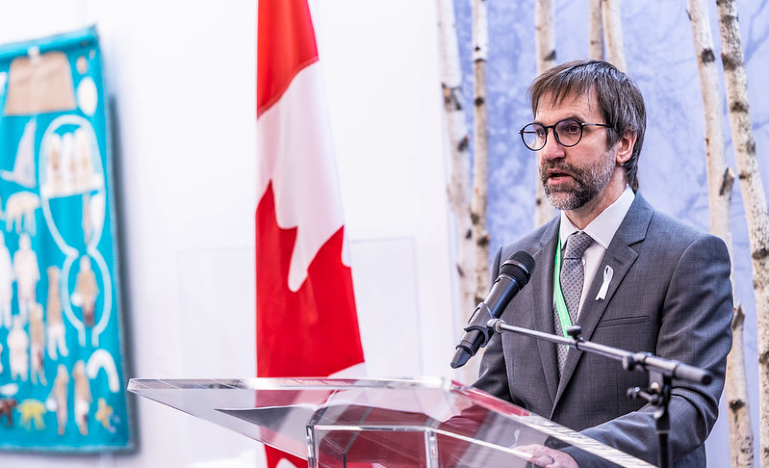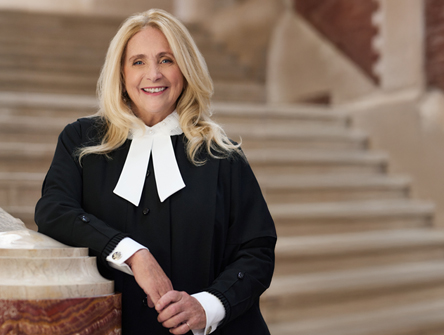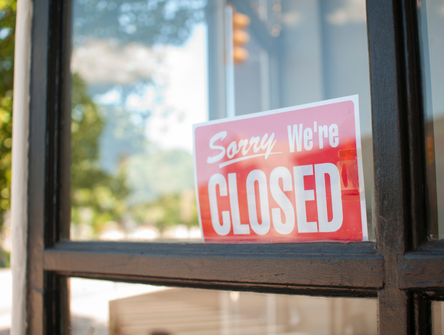After COP15's historic deal
Now the hard work begins.

In the early hours of December 19th, the parties at COP15 reached a "historic" agreement to reverse the global decline in biodiversity. Already being billed as a "Paris" moment for nature – in reference to the 2015 Paris Climate Agreement – the Kunming-Montreal agreement sets aggressive targets to be met by 2030. The deal includes the protection of 30% of the planet's "lands, oceans, coastal areas, inland waters" – known as the 30 by 30 target. It also aims to cut government subsidies by US$ 500 billion, increase financial resources to at least US$ 200 billion a year, and reduce food wastage by half. The framework also acknowledges the human right to a clean, healthy and sustainable environment.
Why it matters
The Earth's wildlife populations have plummeted by 69% in under 50 years, according to World Wildlife Fund's Living Planet Report 2022 — a direct result of ramped-up human economic activity and consumption demands since the Industrial Revolution. Over the past decade, scientists have raised the alarm that Earth is going through a sixth mass extinction, not unlike the one that killed off the dinosaurs. Adding to the concern, two scientists have recently identified coextinctions – "the loss of species caused by direct or indirect effects stemming from other extinctions" – as a leading driver of biodiversity loss and that their role in the current era of biodiversity loss has been underestimated up until now.
The big question
Will signatory parties follow through on their promises? Six years after the Paris Climate Agreement became effective, it's patently clear that the world is not on track to reach its goals, with global temperatures estimated to reach 2.8°C by the end of the century – exceeding the 1.5-2 degrees cap that the deal sought to achieve. Still, Paris marked the first meaningful understanding among the world's nations that a common strategy was needed to cut greenhouse gas emissions causing climate change. As Adam Radwanski writes in the Globe and Mail, China's involvement in sealing the deal at COP15 should be cause for some optimism, even if that is somewhat offset by objections from some African countries.
Canada's Minister of Environment and Climate Change Steven Guilbeault has acknowledged that an accountability act will be needed to enshrine in law the 2030 nature targets agreed to in Montreal. As Holly Lake recently reported for CBA National, Canada's current legislative framework – mainly a patchwork of laws and regulations at the federal, provincial and territorial levels – will need to be rethought.
____________________
Read more on this topic
Canada needs accountability on biodiversity protection
____________________
A role of Indigenous peoples
Countries also agreed to formally recognize the rights of Indigenous peoples and their role in delivering the 30 by 30 target.
Interestingly, the WWF report cited above notes that in Canada, Brazil and Australia, measures of biodiversity in Indigenous territories tend to equal or outperform those in formally protected areas:
"Far from the colonial idea of separating people from nature in order to preserve it – and the concept of the pristine or wilderness free from human influence – Indigenous approaches to conservation regularly place reciprocal people-place relationships at the centre of cultural and care practices. These approaches hinge on systems of Indigenous knowledge which include scientific and ecological understandings that are carried across generations through language, story, ceremony, practice and law."


